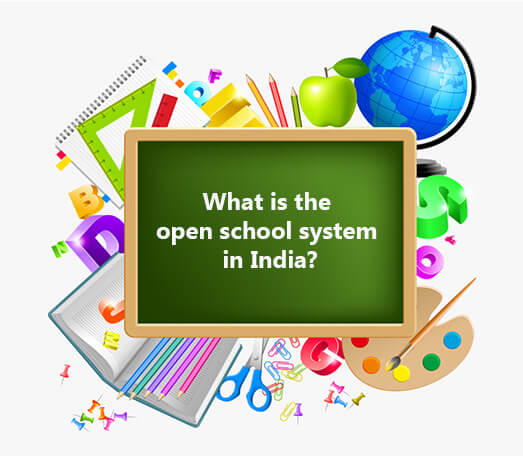The term “open schooling” refers to learning that is flexible in terms of schedule, teaching roles, location, ways of access, instructional methods, and other aspects of the learning process. In an ever-evolving embodiment of modern communication technologies, the open school system in India takes a flexible approach to curriculum selection, pace, and study location. The distance mode allows this educational system to be open and adaptable, which is the system’s most essential feature. This system allows students to study at home, at work, or anywhere else that is convenient for them without having to attend regular classes. The open schooling system assists students who have failed their class 10th and 12th exams by allowing them to retake the board exam the same year.
The origin and emergence of the open school system in India is arguably the most significant event in the country’s educational history. The National Open School (NOS) was formed in 1989, following the CBSE-sponsored open school project that began in 1979. The National Open School was renamed the National Institute of Open Schooling (NIOS) in 2002. Students can register for secondary and senior secondary school courses through this board. Its primary motto is “Sarva Shiksha Abhiyan,” which translates to “education to all.” However, in a multilingual multicultural country like India, NIOS alone cannot meet the needs and variances of all regions. Many other state boards, such as BOSSE, DSOS, BBOSE, and others, have come into existence to address this regional diversity and to “reach the unreached.” They provide similar services to NIOS at a far lower cost.
Open School System in India focuses on:
- Removing barriers to learning and making school education available to everyone, regardless of race or gender.
- Increasing the breadth and equality of access.
- Ensuring openness of access.
- Improving the teaching and learning experience.
- Ensuring that the secondary and senior secondary curriculum is relevant to the demands of various communities.
- Ensuring the promotion of lifelong learning, as well as education and training.
Objectives of Open School System:
- To provide a non-formal, cost-effective alternative to formal secondary and senior secondary education.
- To supplement and relieve pressure on the conventional school system.
- To encourage flexible learning by giving students the freedom to choose where, when, what, and how they learn.
- To provide a “second chance” education to those who have had to stop their formal education or who have been unable to enroll in conventional schools due to social, economic, or other factors.
- To democratize school education by allowing vast parts of the population, particularly disadvantaged groups such as those living in remote and rural areas, as well as working persons such as women and other adults, who seek to gain or upgrade their knowledge and skills.
- To enrich people’s lives by providing ongoing and life-long education.
- To provide an innovative high school-level education system that is flexible and open in terms of learning methods and pace, course combinations, enrollment eligibility, age of entry, examination administration, and program operation to promote learning and encourage excellence in new fields of learning.
